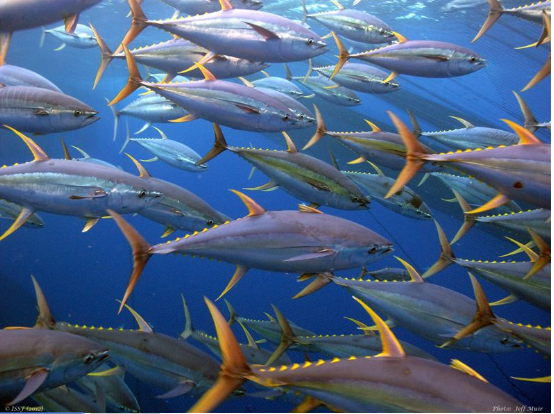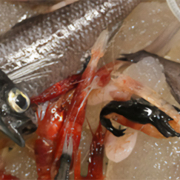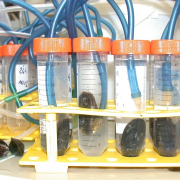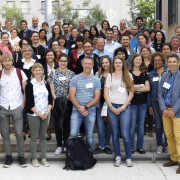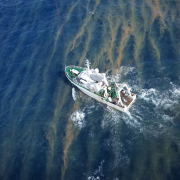A Model of Mercury Distribution in Tuna from the Western and Central Pacific Ocean: Influence of Physiology, Ecology and Environmental Factors
Patrick Houssard, David Point, Laura Tremblay-Boyer, Valérie Allain, Heidi Pethybridge, Jeremy Masbou, Bridget E. Ferriss, Pascale A. Baya, Christelle Lagane, Christophe E. Menkes, Yves Letourneur, et Anne Lorrain
ABSTRACT :

- Information on ocean scale drivers of methylmercury levels and variability in tuna is scarce, yet crucial in the context of anthropogenic mercury (Hg) inputs and potential threats to human health. Here we assess Hg concentrations in three commercial tuna species (bigeye, yellowfin, and albacore, n = 1000) from the Western and Central Pacific Ocean (WCPO).
- Models were developed to map regional Hg variance and understand the main drivers. Mercury concentrations are enriched in southern latitudes (10°S−20°S) relative to the equator (0°−10°S) for each species, with bigeye exhibiting the strongest spatial gradients. Fish size is the primary factor explaining Hg variance but physical oceanography also contributes, with higher Hg concentrations in regions exhibiting deeper thermoclines.
- Tuna trophic position and oceanic primary productivity were of weaker importance. Predictive models perform well in the Central Equatorial Pacific and Hawaii, but underestimate Hg concentrations in the Eastern Pacific. A literature review from the global ocean indicates that size tends to govern tuna Hg concentrations, however regional information on vertical habitats, methylmercury production, and/or Hg inputs are needed to understand Hg distribution at a broader scale. Finally, this study establishes a geographical context of Hg levels to weigh the risks and benefits of tuna consumption in the WCPO.
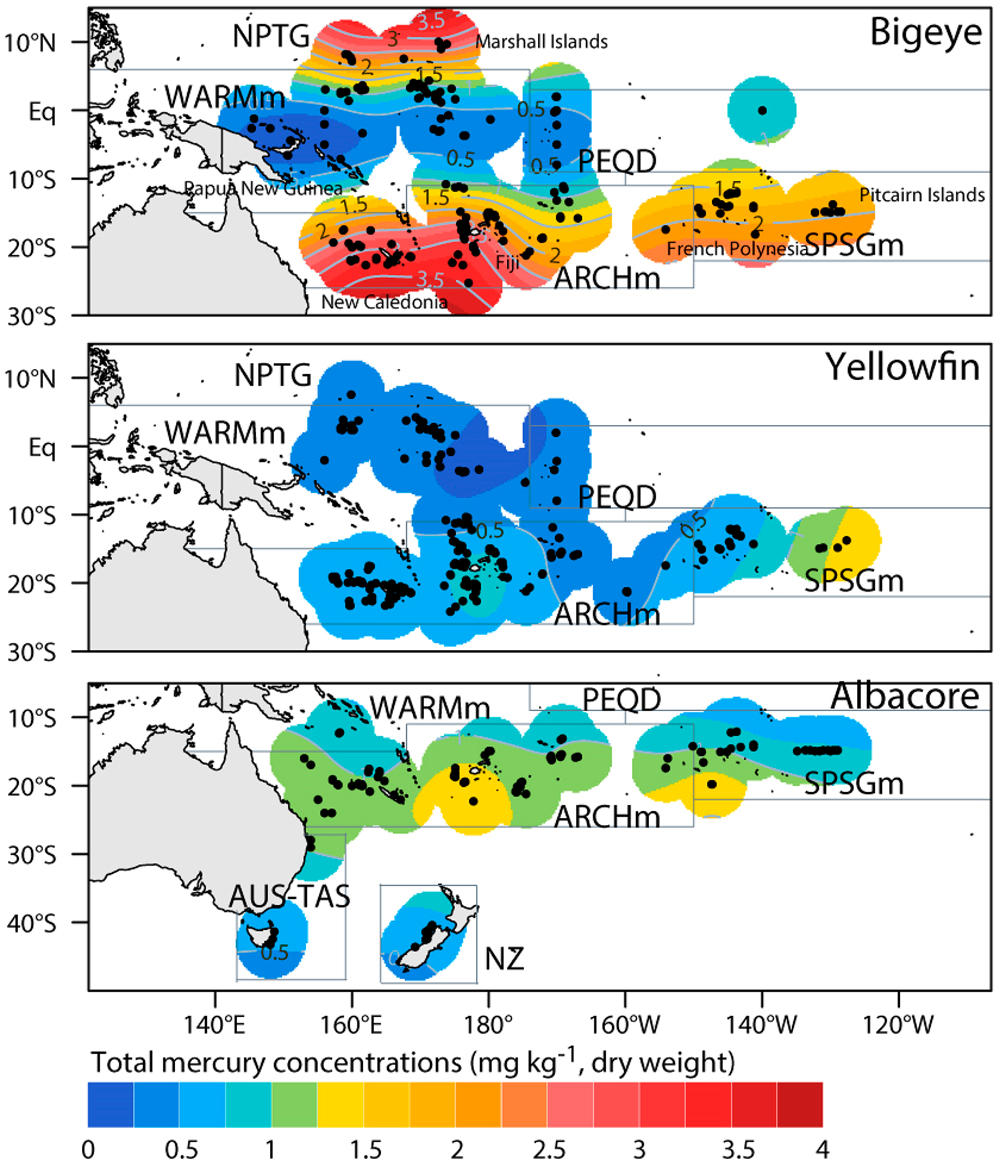
Observed spatial variation in mercury concentrations (mg*kg −1 , dry weight) for bigeye, yellowfin, and albacore muscle samples captured in the Western and Central Pacific Ocean. Gray lines outline the five biogeochemical regions as defined in Houssard et al., 2017: NPTG (North Pacific Tropical Gyre), WARMm (Warm Pool modified), PEQD (Pacific Equatorial Divergence), SPSGm (South Pacific Subtropical Gyre modified) and ARCHm (Archipelagic deep basins modified) along with AUS-TAZ (Australia-Tasmania) and NZ (New Zealand).
CITATION :
Tuna, a fish that is highly prized around the world, hides a toxin, methylmercury. According to this study, the content of this toxin in tunas in the Central and Southwest Pacific depends not only on their size and species but also on their geographical origin. This study highlights crucial results for advice on tuna consumption.

